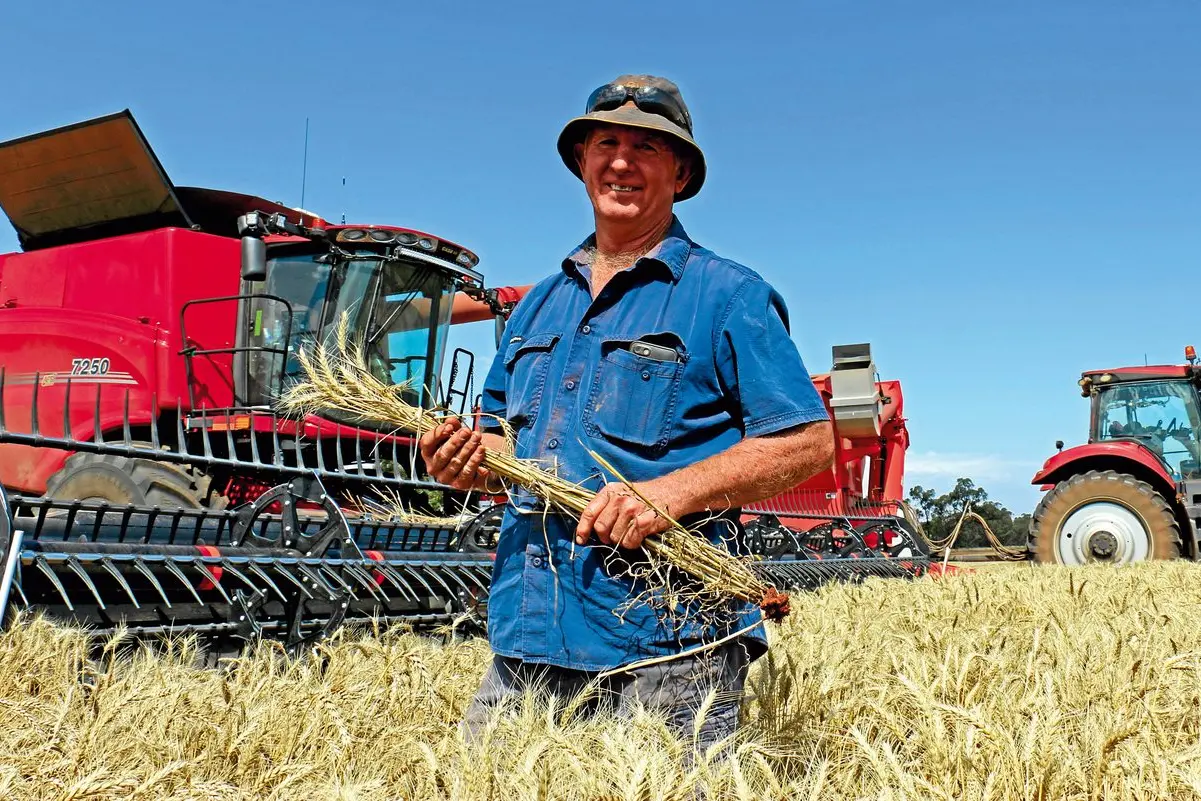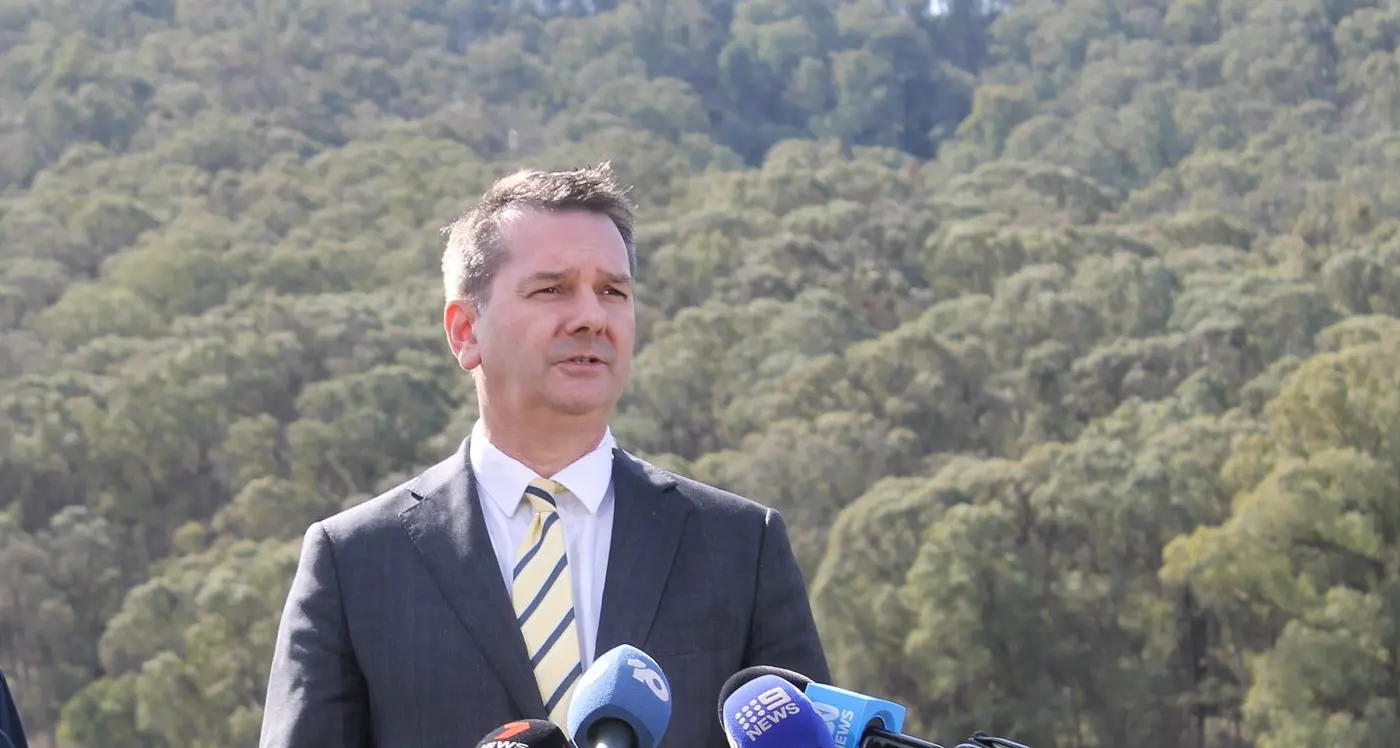PHOTO
Regional grain growers are punching well above their weight in the massive 2020 harvest, delivering a record tonnage to GrainCorp’s Barellan receival site, pushing it to one of the top sites in the state.
GrainCorp Barellan area manager Brad Muller said growers had delivered 216,000 tonnes of canola, barley and wheat to Barellan up until headers were stopped on Tuesday due to weather conditions.
Mr Muller said several outloading trains had eased the pressure on the Barellan site, which ranks second only to Condobolin in the southern half of NSW for tonnage.
“We had expected 180,000 tonnes so we put an extra bunker in and used rail outload,” he said.
“It’s phenomenal – the biggest harvest anyone has ever seen.
“It will bring a lot of money into the economy as plenty of grain will be exported.”
With the local harvest around 90 per cent completed, growers have delivered 130,000 tonnes of wheat, 45,000 tonnes of barley and 43,000 tonnes of canola to Barellan.
Mr Muller said the previous record for Barellan stood at 192,000 tonnes.
“We’ve smashed the old record and peaked at 13,200 tonnes in a single day last Friday – a new record as well.
“We are second in the Riverina to Condobolin which has taken 244,000 tonnes – there are sites in northern NSW taking 450,000 tonnes.”
GrainCorp’s Narrandera site has taken 37,000 tonnes and Grong Grong 67,000 tonnes.
Mr Muller said Goolgowi and Merriwagga were almost full but would remain open for another week.
“The early rain affected the malting barley and the protein was higher than expected,” he said.
“Protein was higher than expected in the wheat, grain weight has been good and its good quality.
“Canola oil was lower on average than expected.
“Some people were disappointed with their yields but at the same time, there are a lot of people happy they got more than they hoped for.”
Mr Muller said the harvest had created 100 jobs for the area from Barellan through to Hillston, and 800 in southern NSW.
Moombooldool grower Jeff Savage has been busy harvesting 4615ha of lupins, eld peas, barley, canola and wheat.
He had invested in a new Case 7250 header, with it arriving just in time for the start of the cereals.
“We are happy with the protein levels in our wheat, the canola was good and eld peas were excellent,” Mr Savage said.
The field peas averaged 2t/ha and were stored on-farm while the wheat averaged 3.5t/ha.
Mr Savage said the canola price had softened a little to $556/tonne with 70 per cent of his crop sold while APW wheat had eased to $240/tonne.
“The canola yielded 2.35t/ha and oil content was down to 41 per cent – our barley is yet to come.
“APH2 wheat is around $255/tonne so that is not much incentive to grow protein.”
He has 1200 tonnes of wheat, 800 tonnes of eld peas, 25 grain storage bags of barley and lupins stored on-farm.
Mr Savage said a late September frost had caused more damage than growers had expected.
Growers at Coleambally and Rankins Springs have also struggled with crop damage following hail and strong winds last weekend.
Coleambally grower Cate Hardy said the family’s barley crop was downgraded by the last rain.
“It was disappointing but the crop yielded well,” Mrs Hardy said.
“We had some hail damage in the seed oats from a wild storm on the weekend.
“It’s not a big area (of damage) and we desperately needed the rain.
“With the rain, what you lose on the swings, you pick up on the roundabout.”
Mrs Hardy said the rain had augered well for their summer crops of rice, sunflowers and sorghum.
Sandigo grower Warwick Anderson said harvest had run smoothly apart from several rain interruptions.
Mr Anderson said wheat had averaged close to 5t/ha with “surprisingly” high protein levels and low screenings.
“A portion of the barley went malting but a few loads missed out with protein too high or low,” he said.
He used a road train to deliver to Narrandera, Grong Grong and Boree Creek.
“People are getting excited about the windfall for farmers but we have had three dry years to make up for so on average there will be a little invested in upgrading equipment that has been put off for the last few years.
“It will give people confidence for next year’s crop and hopefully there will be a few more good years before another ordinary one.”





